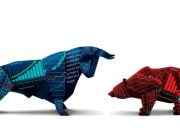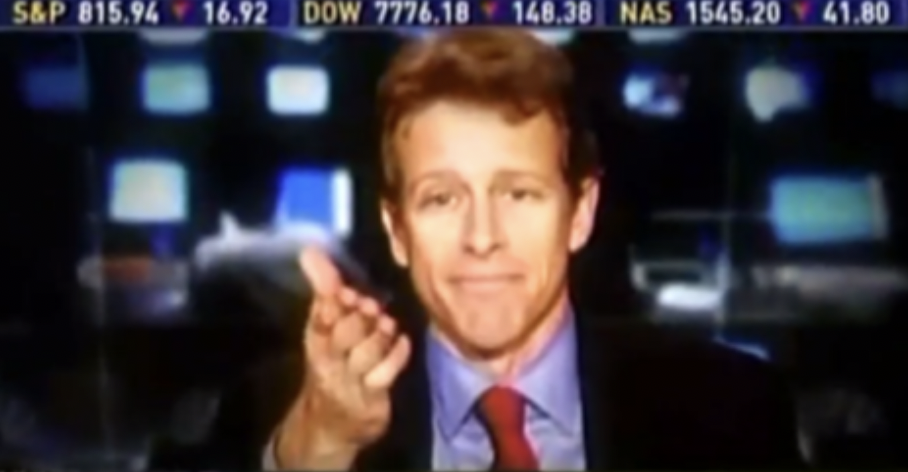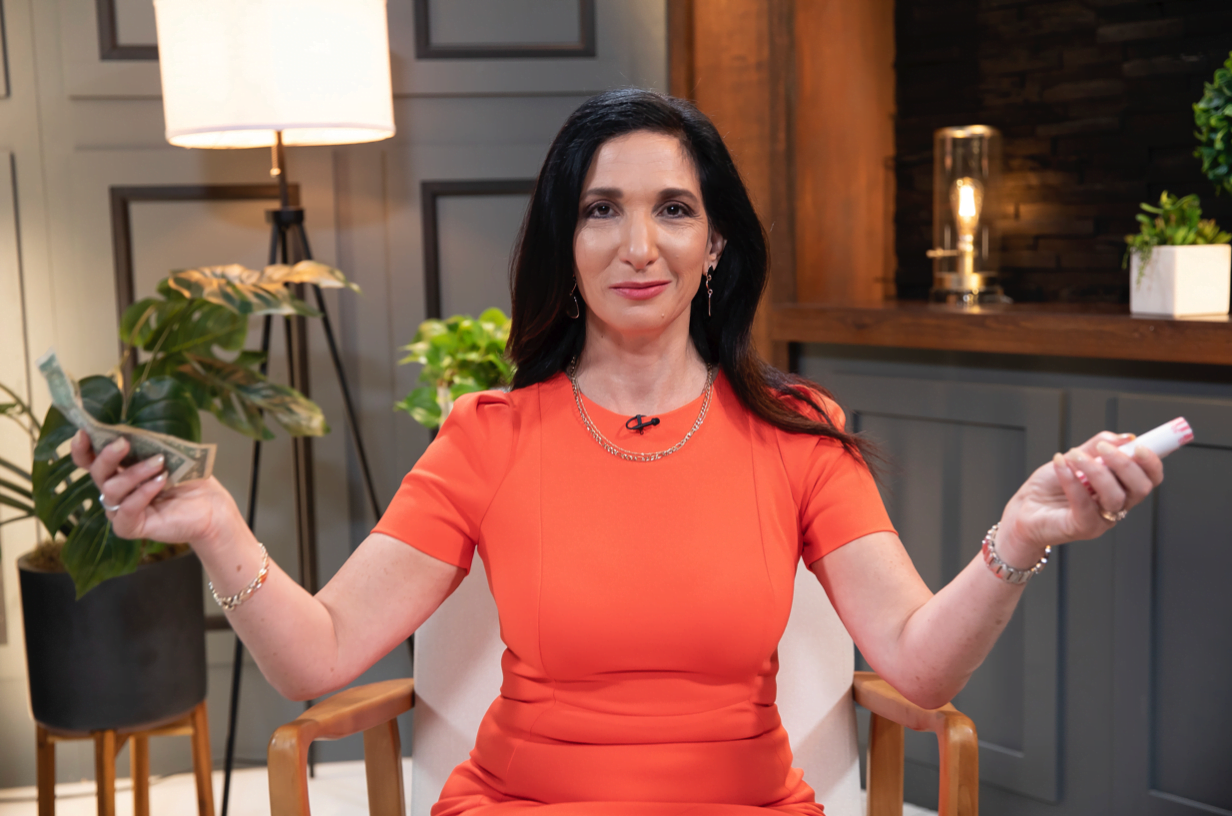The Federal Reserve said on Wednesday that it would increase interest rates by a half-percentage point to combat the worst inflation in the U.S. in 40 years. It’s the first time that the Fed has raised rates this much in 22 years, the last being May of 2000.
In a post-meeting conference, Fed Chairman Jerome Powell stated that more half-percentage-point rate rises are on the table for upcoming sessions. However, they don’t intend to go beyond that. Powell said, “A 75 basis point increase is not something the committee is actively considering. If inflation comes down, we’re not going to stop, we’re just going to go down to 25 basis point increases.”
From the grocery store to the gas station, prices are rising across the U.S. The Fed’s goal is to keep costs stable, yet inflation has continued to climb, causing some to question the central bank’s policy.
What more was revealed by the Federal Reserve on Wednesday, and what does it mean for both the stock market and our financial stability? Get the rest of the story here:
Powell extended an olive branch with an empathetic statement during the news conference. He said that “Inflation is much too high, and we understand the hardship it is causing. We’re moving expeditiously to bring it back down.” He went on to add, “we’re strongly committed to restoring price stability,” referring to the impact of inflation on low-income individuals.
According to Powell’s statements, this would most certainly bring about repeated 50-basis-point rate rises in the future, but nothing more extreme. The federal funds rate not only determines how much banks will charge one another for short-term lending but is also linked to a variety of variable-rate consumer debts.
In addition to raising rates, the central bank said that it would begin decreasing asset holdings on its $9 trillion balance sheet. During the pandemic, the Fed had been purchasing bonds to preserve low rates and to keep money moving through the economy, but the price spike has forced a drastic shift in monetary policy. Although markets were prepared, the year has been highly unpredictable. Investors have looked to the Fed as a proactive partner in ensuring that markets operate smoothly, but the rise in inflation has prompted tightening.
The Fed’s goal is to keep inflation low without destroying an economy that has recently seemed overly sensitive to significant changes. This proactive strategy may provide respite from rising costs for consumers, but it comes with a price.
The federal funds rate is the interest rate at which banks borrow and lend to one another overnight, which the central bank determines. Even though this is not the rate that U.S. consumers directly pay, the Fed’s actions impact the borrowing and saving rates that they see daily. According to Greg McBride, chief financial analyst at Bankrate.com, “Rising interest rates mean borrowing costs more, and eventually saving will earn more.”
Short-term borrowing rates are expected to rise, notably on credit cards. Because most credit cards have a variable rate, there’s a direct link to the Fed’s benchmark, so your annual percentage rate is likely to increase within a billing cycle or two. If you have a debt on your credit card, economists recommend that you try calling the company to request a lower rate, pay off high-interest cards with a lower-interest home equity loan or personal loan, or switch to an interest-free option.
The rate increases could potentially have an impact on prospective homebuyers as well. Specifically, the prime rate is tied to adjustable-rate mortgages and home equity lines of credit. Most homeowners, however, shouldn’t be affected immediately by a rate rise since longer-term 15-year and 30-year mortgage rates are connected to Treasury yields and the broader economy.
Regarding the stock market, the major indices – and nearly every primary sector – made leaps following the Fed Chairman’s statements and brought some much-needed relief. The Dow Jones rose 932.27 points, or 2.8%, to 34061.06, its most significant one-day increase since November 2020. The S&P 500 increased by 124.69 points, or 3%, to 4300.17, its highest spike since May 2020. The Nasdaq Composite rose by 401.10 points, or 3.2%, to 12964.86. Earlier in the day, all three indices were down.
With bonds and stocks on unstable ground recently, many investors were concerned that the Fed’s rate of tightening monetary policy might throw markets off. Others have expressed concerns that the central bank, while rapidly hiking rates, may unwittingly tip the economy into a recession. However, the Fed’s statement has appeared to have helped calm some investors’ nerves – at least for now.














